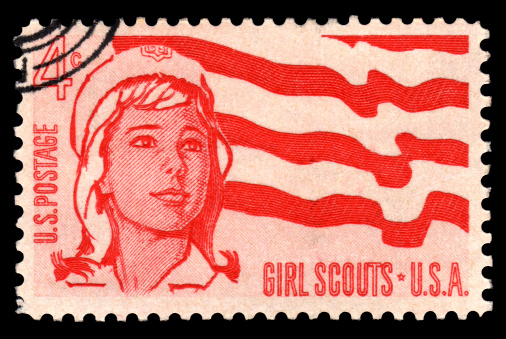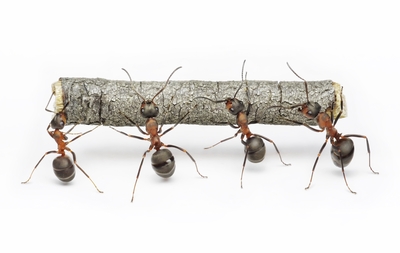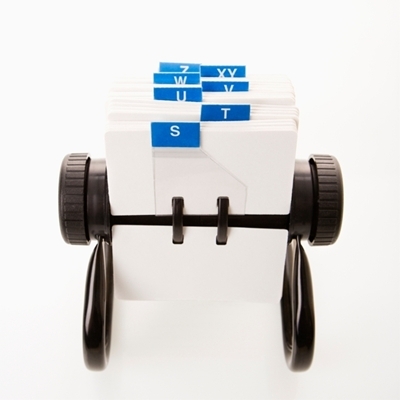Any former Girl Scouts in our readership?
The phrase should be familiar – and it stayed in our memories after attending a GS Tribute Dinner a few weeks ago. Where we were, indeed, meeting new acquaintances.
But ‘pinged’ in a different way. There’s been much ado, for years, about networking: the how-tos, not-tos, remember-tos, and business card-tos. A number of MBA schools are now, in fact, teaching the soft skills of U.S. work connections to international students who don’t understand the intricacies of our culture. So they learn, at lunches and after classes, the ins and outs of email greetings and small talk at networking events.
What, however, is lacking in many American skill sets is the art and craft of relationships. A number of our colleagues, having found a new job, quickly drop all the connections they’ve carefully garnered to get employed. Or they, suddenly, forgot the help and kindnesses of strangers.
No, it’s not a complaint. Rather, we’re pointing out that relationships in the workplace can make or break a career. Genuinely caring about your compatriots is not necessarily a gender trait. Nor is touching base frequently with peers, upper management, team members, and staff a brown-nosing activity. It’s through the give and take, the honest exchange that, quite frankly, builds business and success. Sharing knowledge, stories, and emotions gives us a personal face, one that’s okay to reveal in the workplace.
Technology makes it oh-so-easy to connect, hassle free. Isn’t it time we take the IT out of our relationships?




